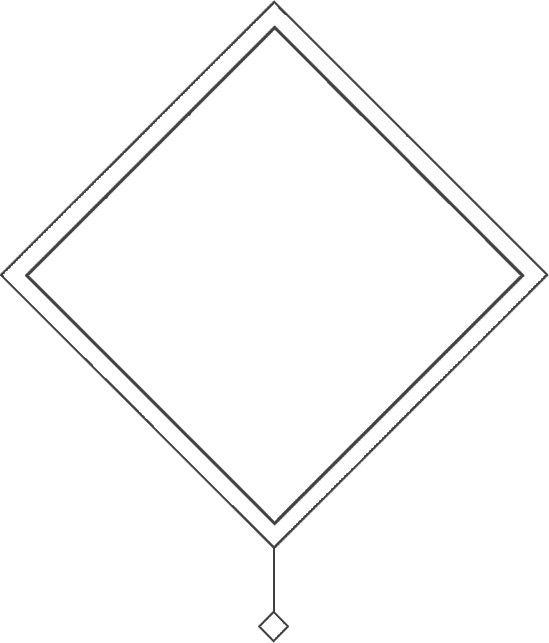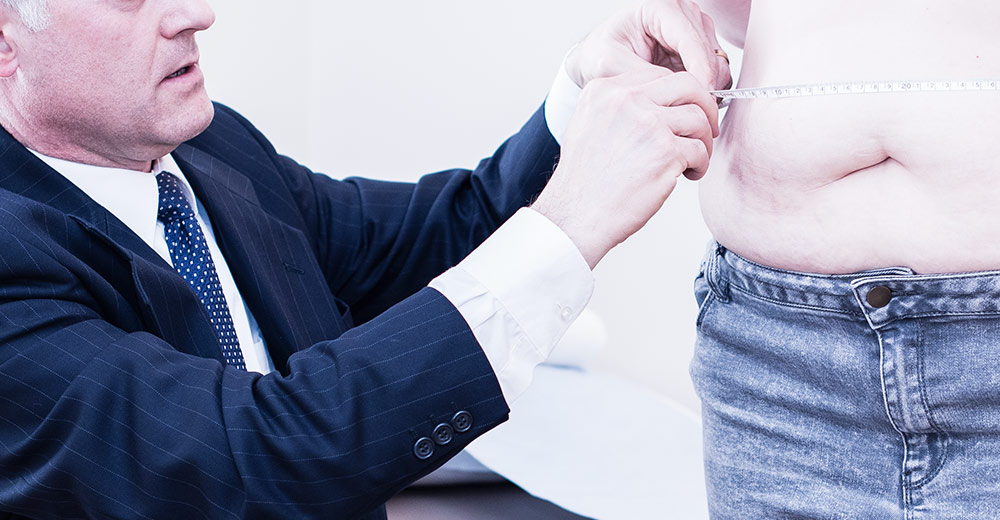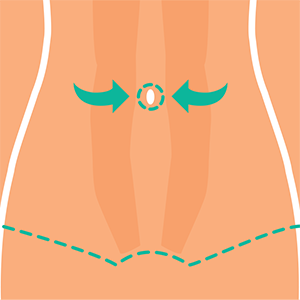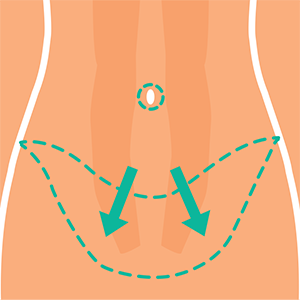

Gill
"I cannot find fault with the treatment, results and after-care I have received from Mr Raine."

The two principle groups of patients who request tummy tuck or abdominoplasty surgery are women who have completed their family and individuals who have lost a significant amount of weight either through diet and exercise or bariatric surgery.
The aims of surgery are to remove loose overhanging skin, to flatten and tighten the tummy and when necessary to correct bulges in the tummy wall due to muscle separation. The procedure can be combined with hernia repair if required. Liposuction is often used as an adjunct to contour.
Surgery is usually performed under general anaesthetic and takes 2-3 hours. An incision is made in the skin crease above the pubic area and extends out to the hips. In a full tummy tuck the layer of skin and fat is undermined as far as the rib cage. The tummy button is left attached to the abdominal wall. The excess loose skin and fat below the belly button is removed and the upper skin is brought down to allow closure with buried dissolving sutures. The belly button is repositioned. If necessary separated muscles can be brought back together with a running stitch.
Mini- tummy tucks are indicated for small areas of excess and bulge in the lower tummy. The incision is shorter and the undermining and tightening is limited to the area beneath the tummy button.
Fleur de lys pattern abdominoplasty is sometimes performed for patients who have lost a large amount of weight and have vertical and transverse excess. This procedure results in a transverse scar and a vertical scar extending up the midline.
Occasionally drains are required but we prefer to avoid this where possible.



Elasticated stockings and calf pumps are used to minimise the risk of deep vein thrombosis. Initially patients will wake up with two pillows under their knees and the bed conformed to bend them in the middle. However, once you are fully awake we will encourage you to mobilise. When you are resting the pillows are a good idea.
Patients usually go home after one or two nights in hospital. The dressings and wound tape we use allow you to shower the next day. The dressing can be removed after a few days and the tape after two weeks. Most often there are no sutures to be removed.
We will see you regularly as an outpatient to check on your wound and general progress. We encourage the use of occlusive tape on the scars for three months to encourage a fine line scar.
Depending on your job and the exact procedure performed 2-6 weeks off work may be required.
Abdomonial surgery may incur risks which include but are not limited to: bleeding, bruising, swelling, haematoma, seroma, infection, skin loss and delayed wound healing, numbness, dog ears, asymmetry, an imperfect aesthetic outcome and pain. There is also a small risk of systemic complications such as deep vein thrombosis and pulmonary embolism (0.5%). The risks of complications affecting you general health such as blood clots in your veins (DVT) or chest infection are minimised by careful risk assessment and precautions.
With all cosmetic procedures there is a small risk of dissatisfaction with the outcome. We aim to minimise this by carefully evaluating why you want surgery, what you want from surgery and why you are having surgery now.
Reported satisfaction rates from abdominoplasty are high (around 97%). The surgery is good for tightening your skin and flattening the tummy but it does result in scars and numbness.
Our 'inclusive care' policy is such that if there is a complication or adverse outcome from surgery within the first year then we can provide any further treatment required at no additional cost to you.
In tummy tuck the most frequent reasons for revision are dog ears (small overhang at the sides of the scar). These can often be removed under local anaesthetic.
If you would like to learn more about this procedure, simply provide your details in the form below and we'll send you a downloadable PDF with more information.